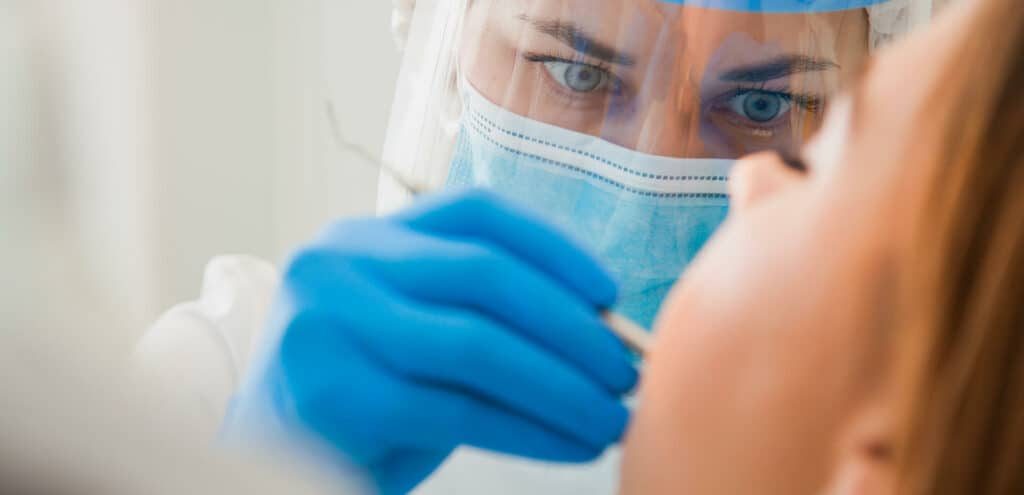Tooth loss has many effects on your life. In addition to the obvious impact on the quality of your smile, biting and chewing become more challenging. You may develop a lisp or have other difficulties speaking. Tooth loss also causes bone loss in your jaw, which leads to your jaw growing weaker. Dental implants are an incredibly popular solution for replacing missing teeth. However, for treatment to be successful, you need to have enough bone mass remaining in your jawbone.
The Effects Of Bone Loss And Dental Implant Success
Your teeth perform many important tasks. One of the often overlooked functions of your teeth is providing stimulation for your jawbone. Every time you chew, the teeth stimulate the jawbone. This stimulation tells your body to send essential nutrients important for keeping your jawbone strong and healthy. When you suffer tooth loss, your jawbone loses stimulation. As a result, fewer nutrients are sent to your jaw, which results in bone loss in your jaw, which causes the jaw to weaken.
Dental implants rely on your jawbone for success. As you heal, the bone fuses to the posts, integrating them into the jaw. If you do not have enough bone mass remaining in your jaw, the bone may not be able to fuse properly, or at all. This can result in loose, unstable implants and even implant failure.
Bone Grafting For Dental Implants
Bone grafting is a common solution for restoring missing bone mass. It is a surgical procedure that involves transplanting bone mass to the weak areas of your jaw. This can be done in some different ways, including using bone mass from another area of your body or bone mass from a compatible donor. In some cases, bone mass from another species, such as a cow or pig, may be used. While bone grafting is very effective, it can take months to heal, which delays your implant surgery.
What Is Bone Morphogenic Protein?
Bone morphogenic protein, or BMP, is a synthetic bone grafting material that helps to promote the growth of new bone tissue. BMP is applied to collagen sponges, which are placed in the weakened areas of your jawbone. The protein works by triggering your body to restore and calcify new bone. After a few months, we measure how much new bone has regenerated. If there is not enough new bone growth, additional collagen sponges are placed. It can take as little as 6 months for sufficient bone mass to grow, allowing us to then place your dental implants. BMP may also be used following the placement of your dental implant posts to help speed up healing and osseointegration.
Benefits And Disadvantages Of Bone Morphogenic Protein
One of the biggest benefits to BMP is that it is much less invasive than regular bone grafting procedures. Because of this, recovery time is generally shorter. There is less bleeding, pain, and swelling, as well as a reduced risk of post-surgical complications. Also, your body produces its bone material, eliminating the risk of rejection. One of the biggest disadvantages to BMP, however, is that it tends to cost more than traditional bone grafting. During your consultation, we go over all of your grafting options, including BMP and traditional grafting, to help determine what the best option is for you. While dental implants are an incredibly popular treatment with a high success rate, a patient’s candidacy for treatment depend significantly on the condition of your jawbone for stability. Bone morphogenic protein can help to restore strength to your jawbone, helping to increase the success rate of dental implants.






